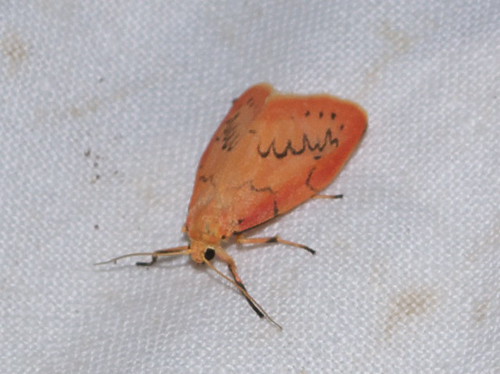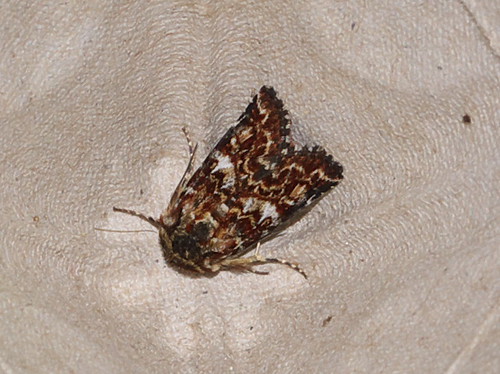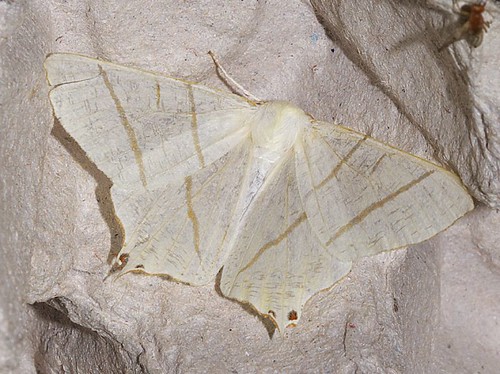Remember the moth survey from a couple of weeks ago? Well I finally got round to ID'ing more of the pictures I had, so here they are:
Rosy Footman: True Lover's Knot:
True Lover's Knot: Beautiful Yellow Underwing:
Beautiful Yellow Underwing: Small Phoenix:
Small Phoenix: Swallowtail:
Swallowtail: Clay Fan Foot:
Clay Fan Foot: Maiden's Blush:
Maiden's Blush: And if you're into moths, here's the complete list of everything that was seen:
And if you're into moths, here's the complete list of everything that was seen:
Aleimma loeflingiana, Anania verbascalis, Beautiful Yellow Underwing, Birch Mocha, Bird-cherry Ermine, Black Arches, Buff Arches, Buff Footman, Buff-tip, Burnished Brass, Carsina Quercana, Catoptria falsella, Clay, Clay Fan-foot, Clouded Border, Common Emerald, Common White Wave, Conobathra repandana, Copper Underwing, Coronet, Coxcomb Prominent, Dark arches, Dioryctria abietella, Donacaula forficella, Dot Moth, Double Square-spot, Drinker, Dun-bar, Early Thorn, Elephant Hawk-moth, Endotricha flammealis, Engrailed, Euzophera pinguis, Evergestis pallidata, Festoon, Flame, Flame Shoulder, Gold Triangle, Green Pug, Green silver-lines, Honeysuckle Moth, Iron Prominent, July Highflyer, Knot Grass, Large Emerald, Large Yellow Underwing, Lesser Broad-bordered Yellow Underwing, Lesser Yellow Underwing, Little Emerald, Maiden's Blush, Miller, Minor Shoulder-knot, Mother of Pearl, Mottled Beauty, Nut-tree Tussock, Oak Hook-tip, Oak Nycteoline, Olive Crescent, Orthopygia glaucinalis, Pale Oak Beauty, Pale Prominent, Peach Blosom, Peacock, Pebble Hook-tip, Peppered Moth, Perinephela lancealis, Phoenix, Phycita roborella, Poplar Hawk-moth, Pyrausta Purpuralis, Red Twin-spot, Riband Wave, Rosy Footman, Ruby Tiger, Satin Lutestring, Scallop Shell, Scalloped Hook-tip, Scalloped Oak, Scarce footman, Scarce Silver-lines, Scorched Carpet, Silver Y, Single-dotted Wave, Slender Brindle, Small Angle Shades, Small Fan-footed Wave, Small Magpie, Small Wainscot, Small White Wave, Smoky Wainscot, Snout, Spectacle, Straw Dot, Swallowtail, Triangle, True Lover's Knot, Udea Olivalis, Udea prunalis, Waved Black, White-spotted Pug, Willow Beauty, Wormwood Pug, Yellow-tail
UPDATE: you can see the results of our 2009 moth survey here.
Mike
Tuesday, 5 August 2008
More moths from the survey
Subscribe to:
Post Comments (Atom)

No comments:
Post a Comment